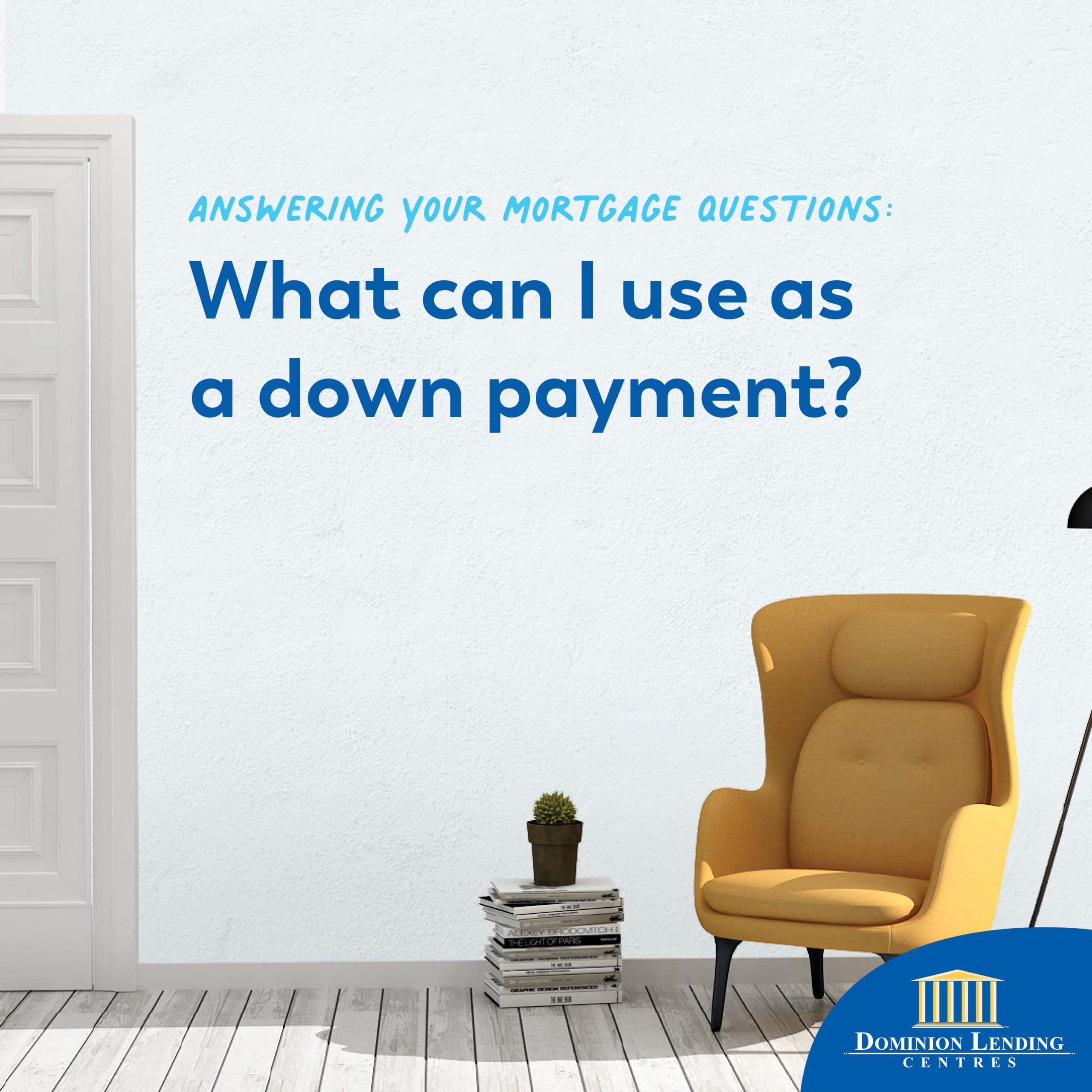
Introduction:
Purchasing a house is an exciting milestone in life, but one of the key considerations is how to fund your down payment. In Canada, there are various options available to potential homebuyers, each with its own advantages and considerations. In this blog post, we will explore some common sources that you can use for a down payment when buying a house in Canada. By understanding these options, you can make an informed decision that aligns with your financial goals and aspirations of homeownership.
1. Personal Savings:
Using personal savings is often the most straightforward and common approach to funding a down payment. By diligently saving over time, you can accumulate the necessary funds to make a significant contribution towards your home purchase. Saving early and regularly allows you to take advantage of compound interest and potential investment growth, making it a reliable and secure option.
2. Homebuyer’s Plan (HBP):
The Homebuyer’s Plan is a government program in Canada that allows first-time homebuyers to withdraw up to $35,000 from their Registered Retirement Savings Plan (RRSP) without incurring tax penalties. This option can be beneficial as it provides access to funds that have already received tax advantages. However, it is important to consider the impact on your retirement savings and ensure you have a plan to repay the withdrawn amount within the specified time frame.
3. Gifted Down Payment:
Another option available to homebuyers is receiving a gifted down payment from a family member. Many lenders accept gifted funds as a down payment, but they often require a signed gift letter to confirm that the funds are a non-repayable gift. This can be a valuable option for individuals who may not have sufficient personal savings but have generous family members willing to assist in their homebuying journey.
4. Tax-Free Savings Account (TFSA):
The TFSA is a versatile savings vehicle that can be used for a down payment. Contributions to a TFSA are made with after-tax income, and any growth or withdrawals are tax-free. By maximizing your TFSA contributions over time, you can build a substantial down payment while enjoying the flexibility of accessing your funds without tax implications.
5. Down Payment Assistance Programs:
Various down payment assistance programs are available in Canada, especially for first-time homebuyers. These programs, offered by government agencies, non-profit organizations, or municipalities, provide financial assistance or incentives to eligible buyers. It is crucial to research and understand the specific requirements and conditions of each program to determine if you qualify and how they can help you achieve your homeownership goals.
Conclusion:
When it comes to financing a down payment for buying a house in Canada, there are several options to consider. Whether you choose to use personal savings, leverage the Homebuyer’s Plan, receive a gifted down payment, utilize a TFSA, or explore down payment assistance programs, it’s essential to evaluate each option’s benefits and potential implications for your financial situation.
Every homebuyer’s circumstances are unique, so take the time to assess your long-term goals, financial capabilities, and comfort level with each option. Consulting with a mortgage professional or financial advisor can provide valuable insights and guidance to help you make an informed decision. Remember, choosing the right down payment source sets the foundation for your homeownership journey, ensuring you start on a solid footing towards achieving your dream of owning a home in Canada.
Contact Us to help you get your mortgage needs today at Dominion Lending Centres Better Rate Mortgage.
Written By Jay Vyas, Mortgage Agent at Dominion Lending Centres Better Rate Mortgage
Disclaimer: The information provided in this blog post is for informational purposes only and should not be considered financial or legal advice. Consult with a qualified professional before making any financial decisions.






